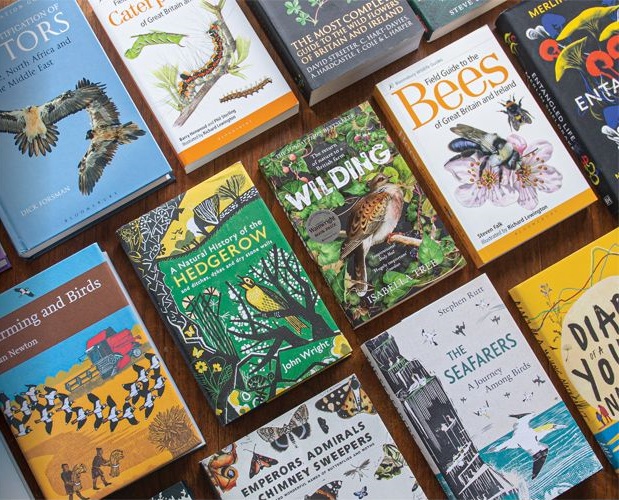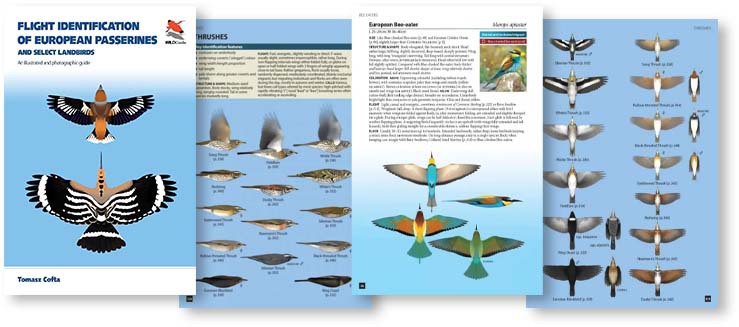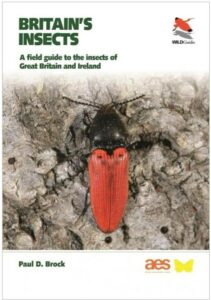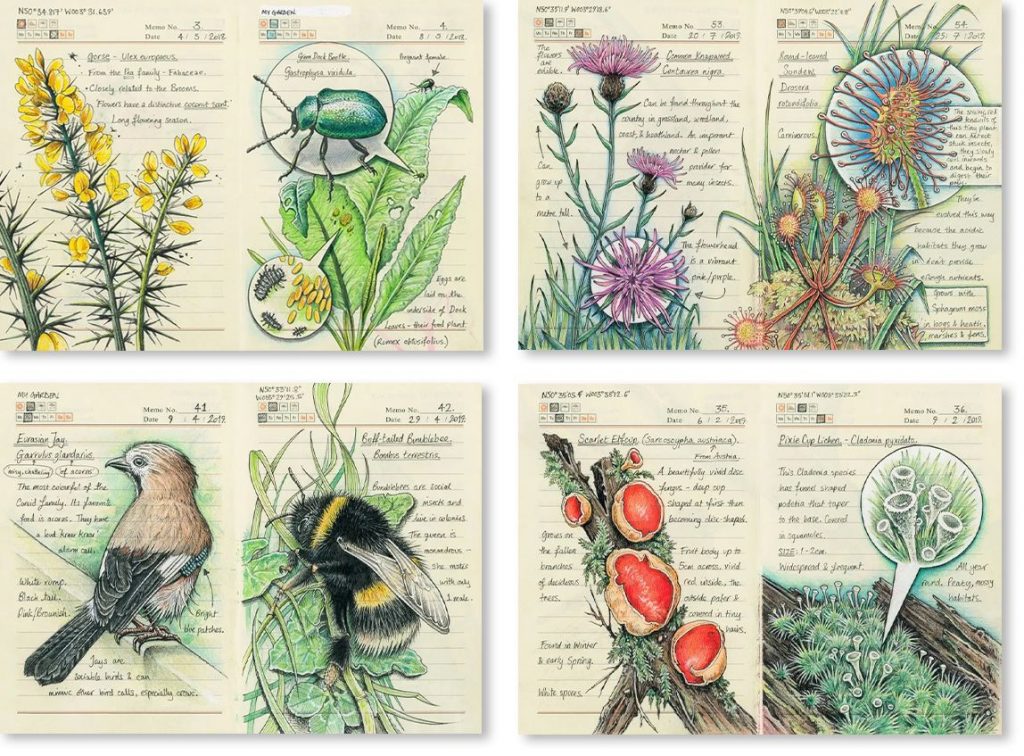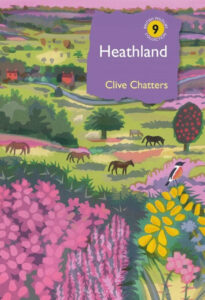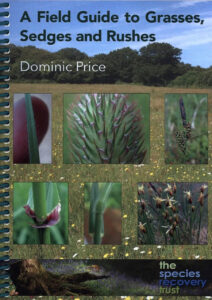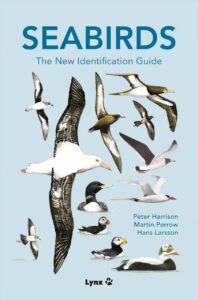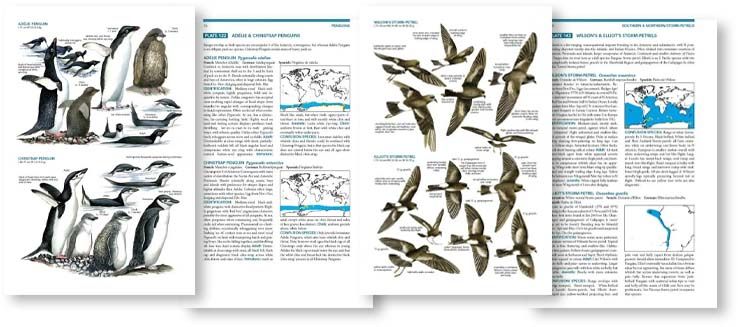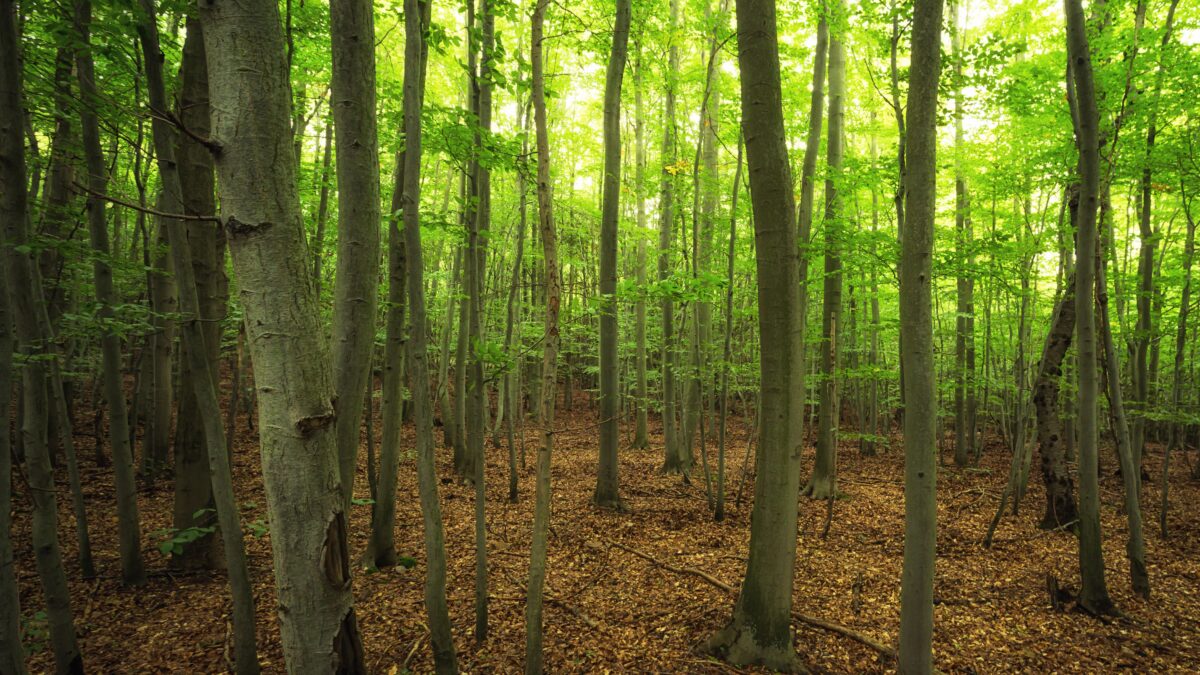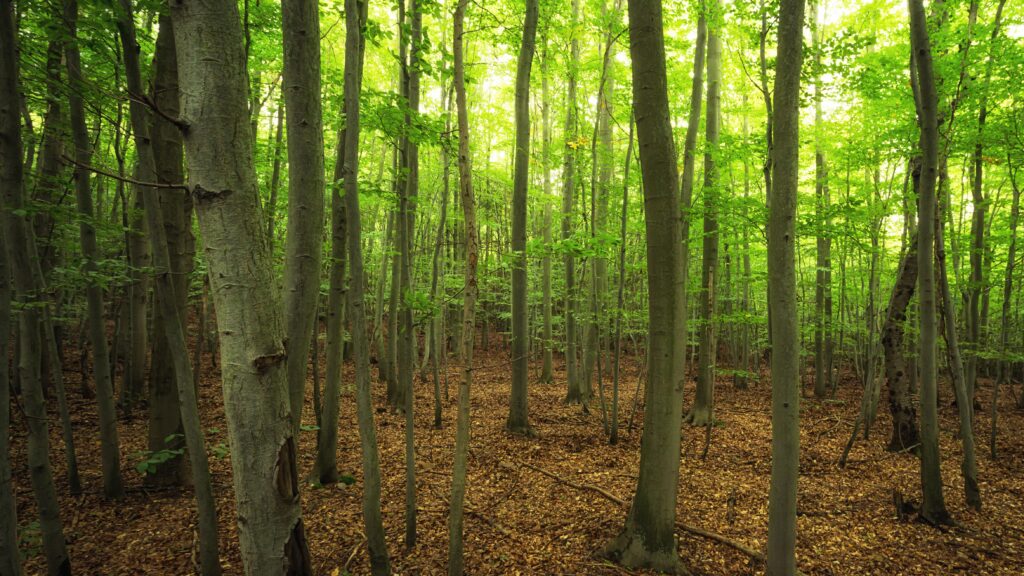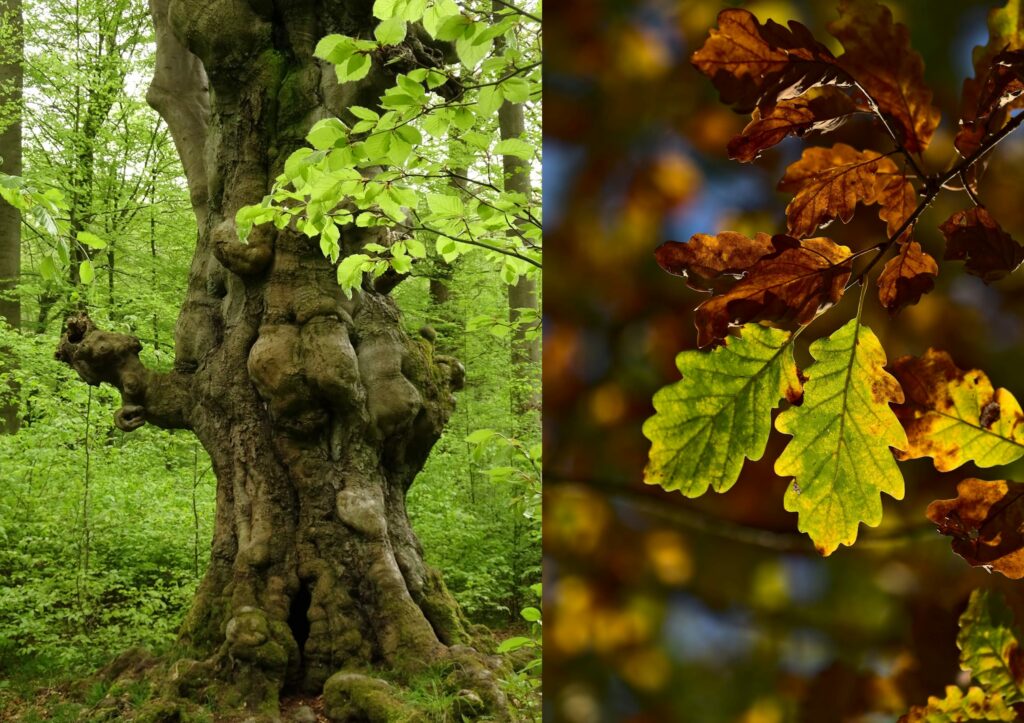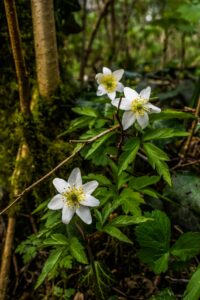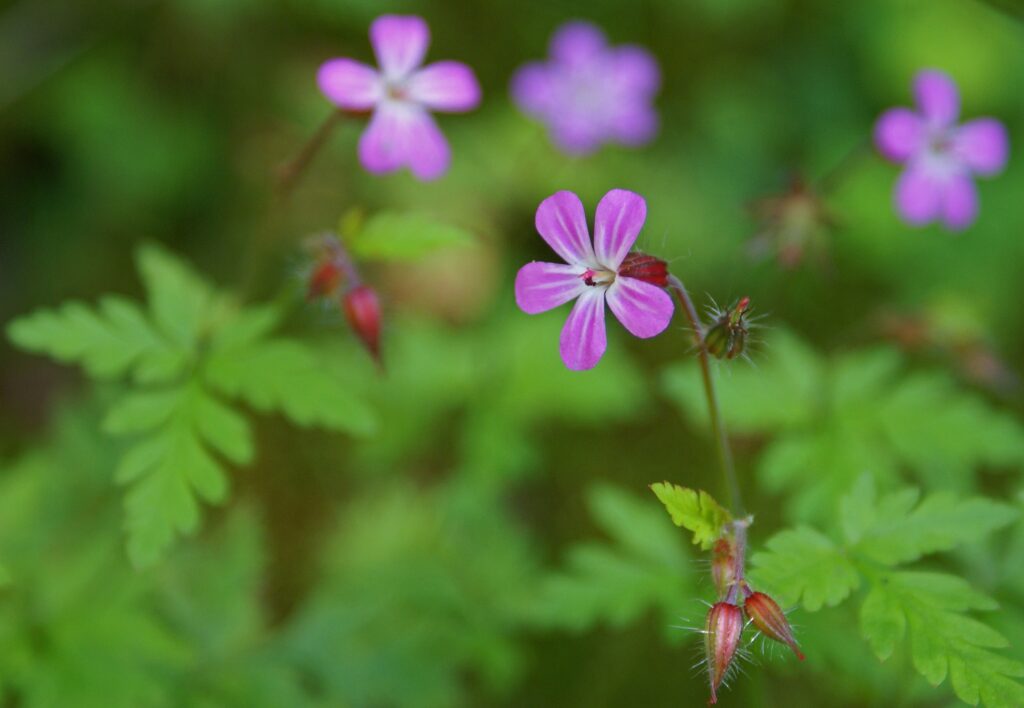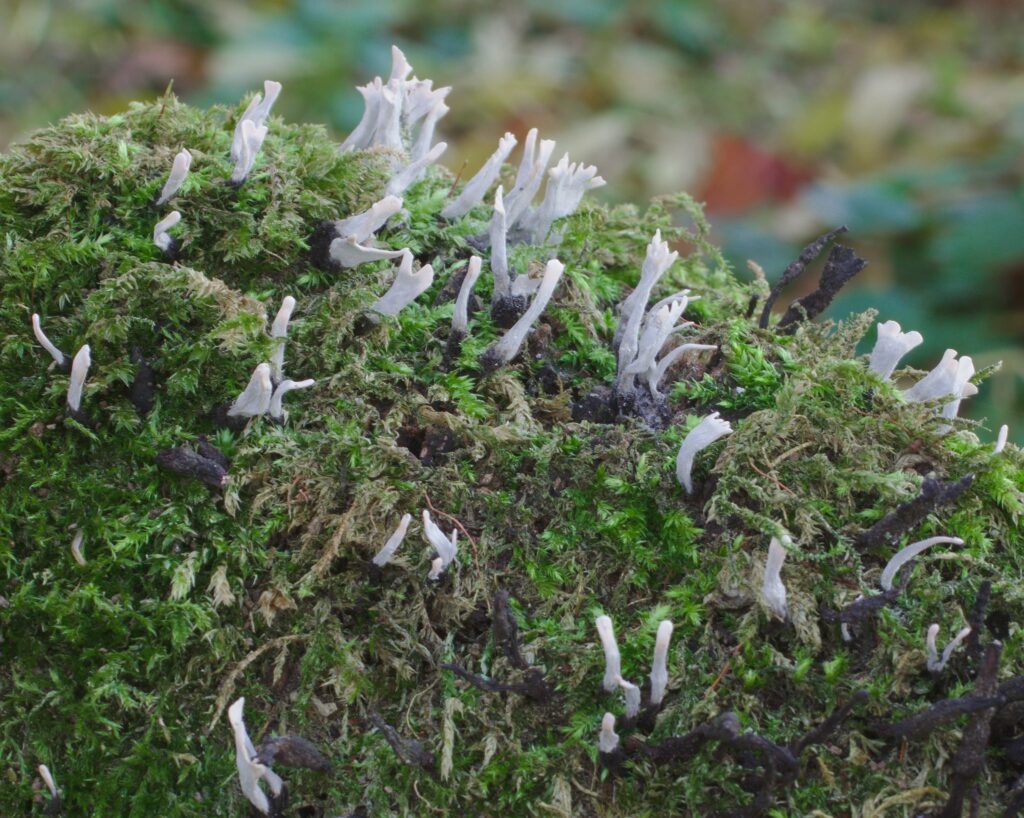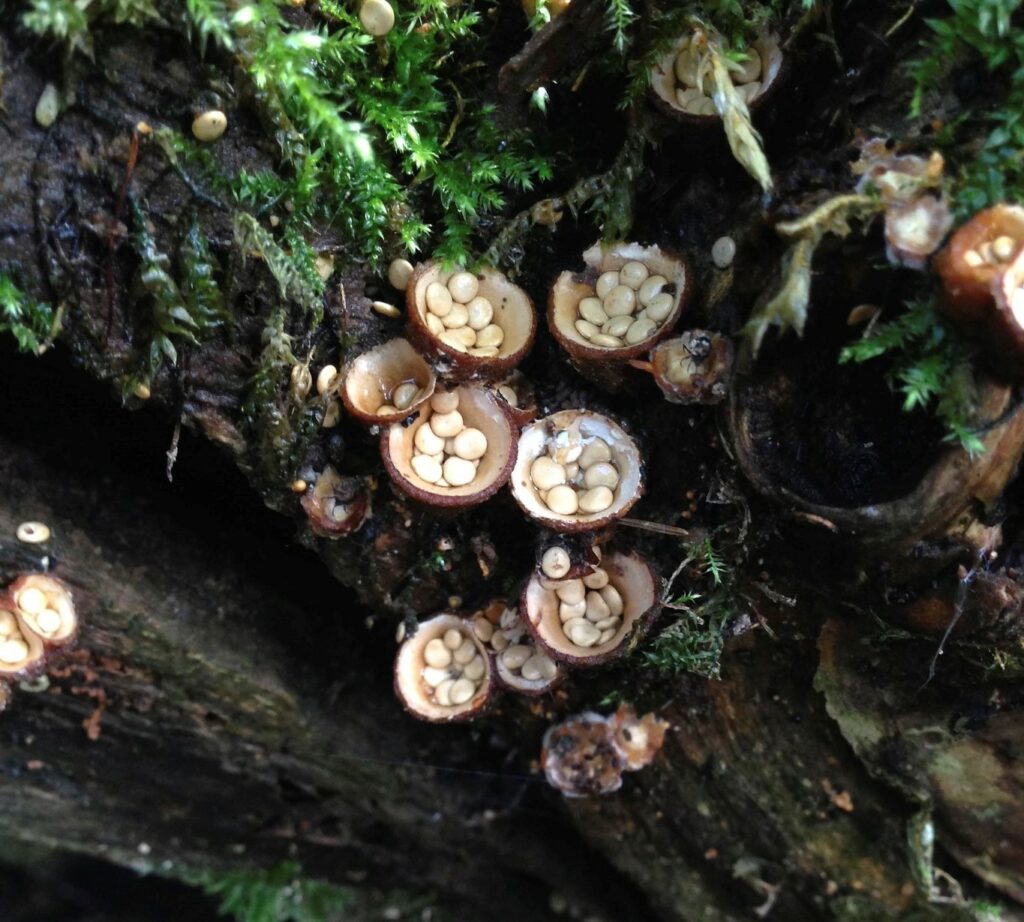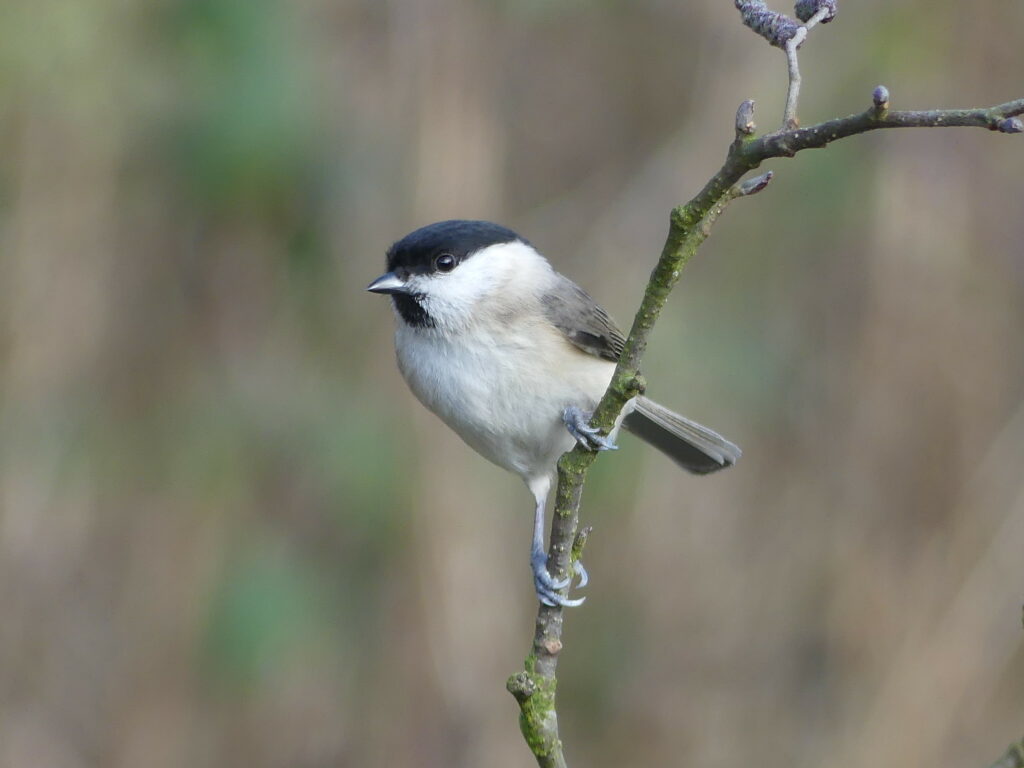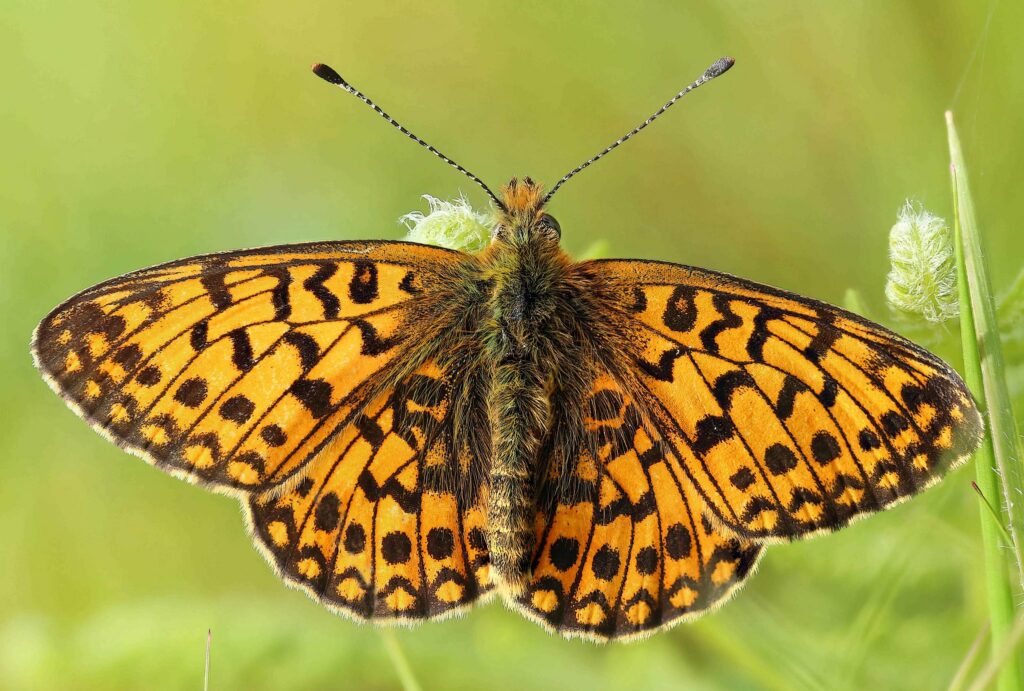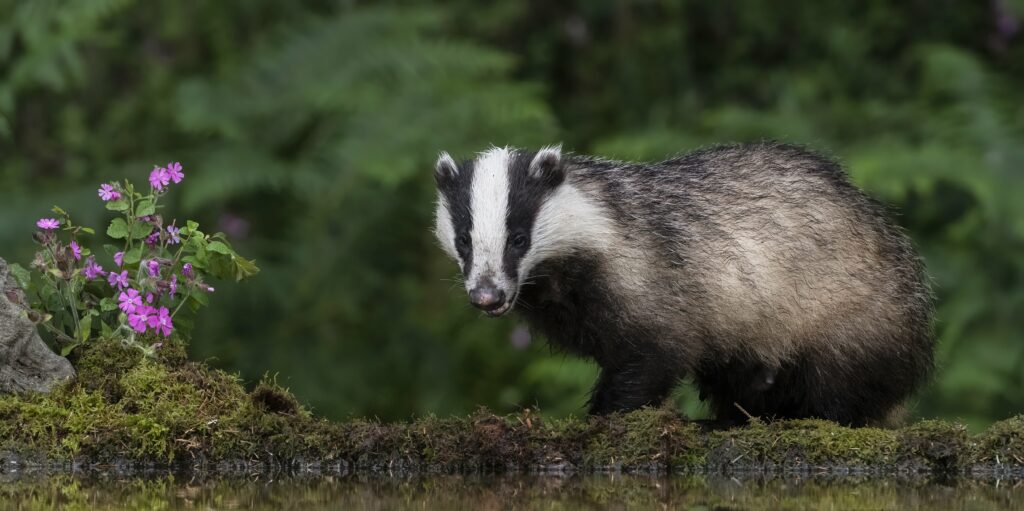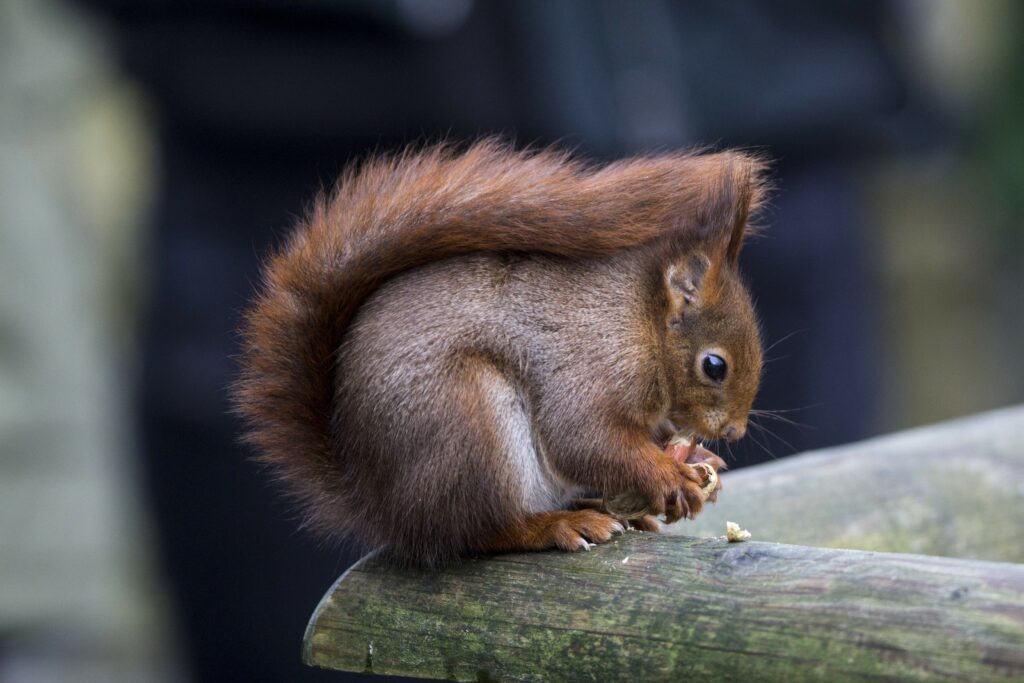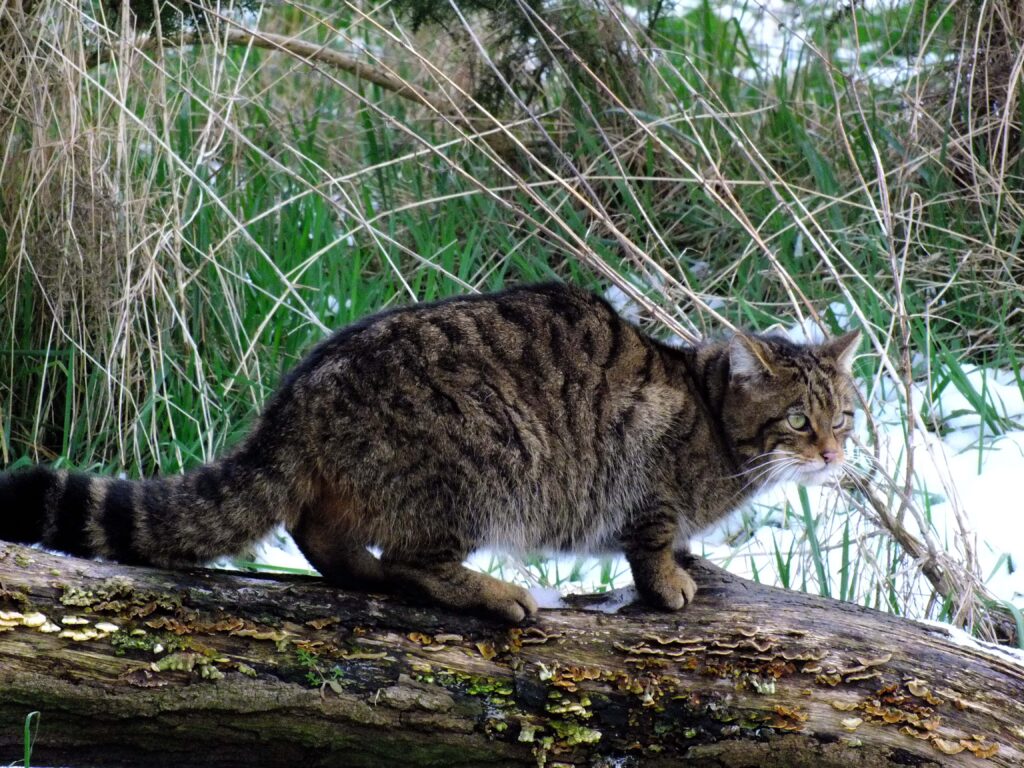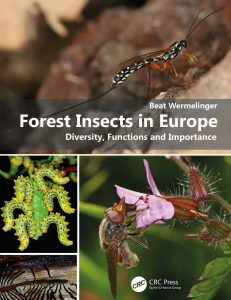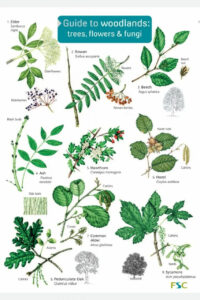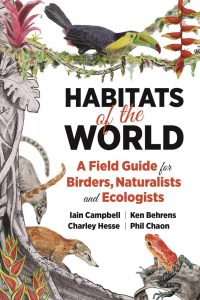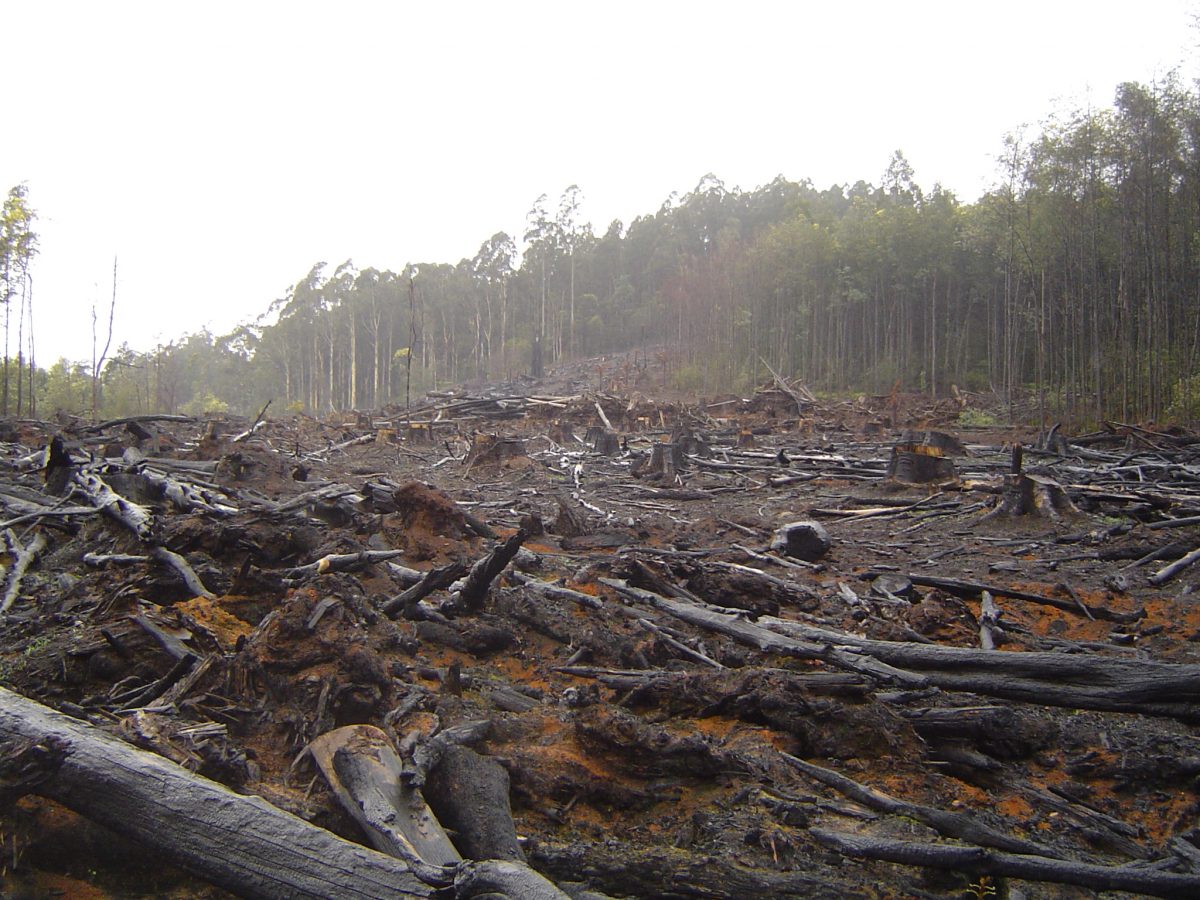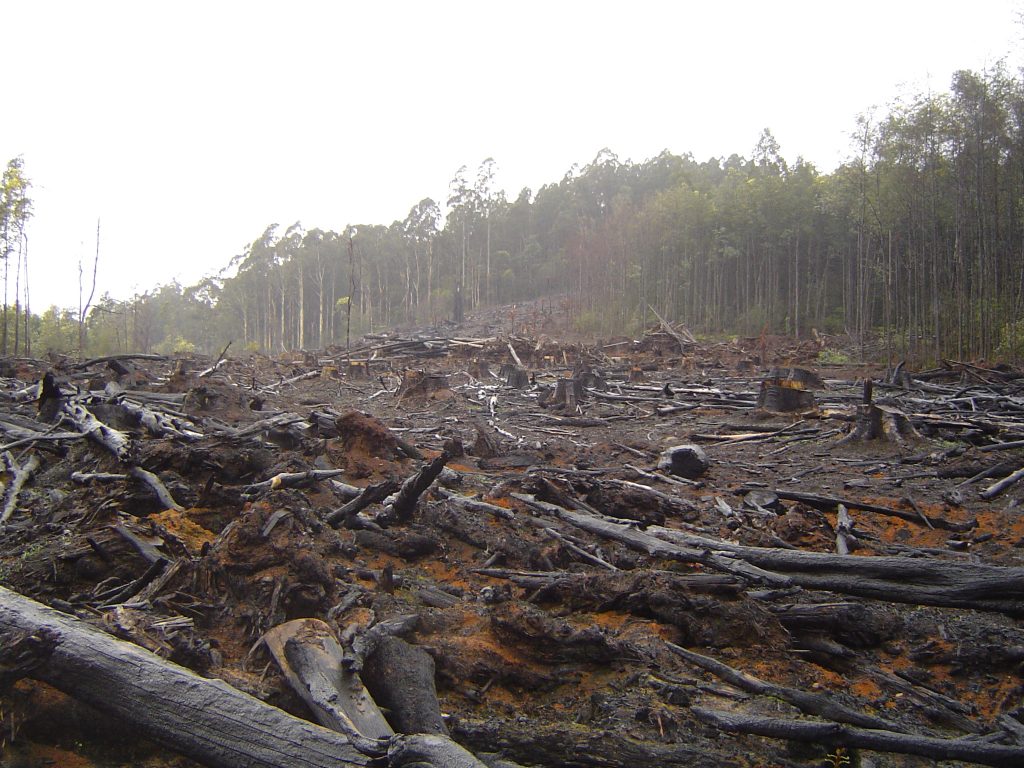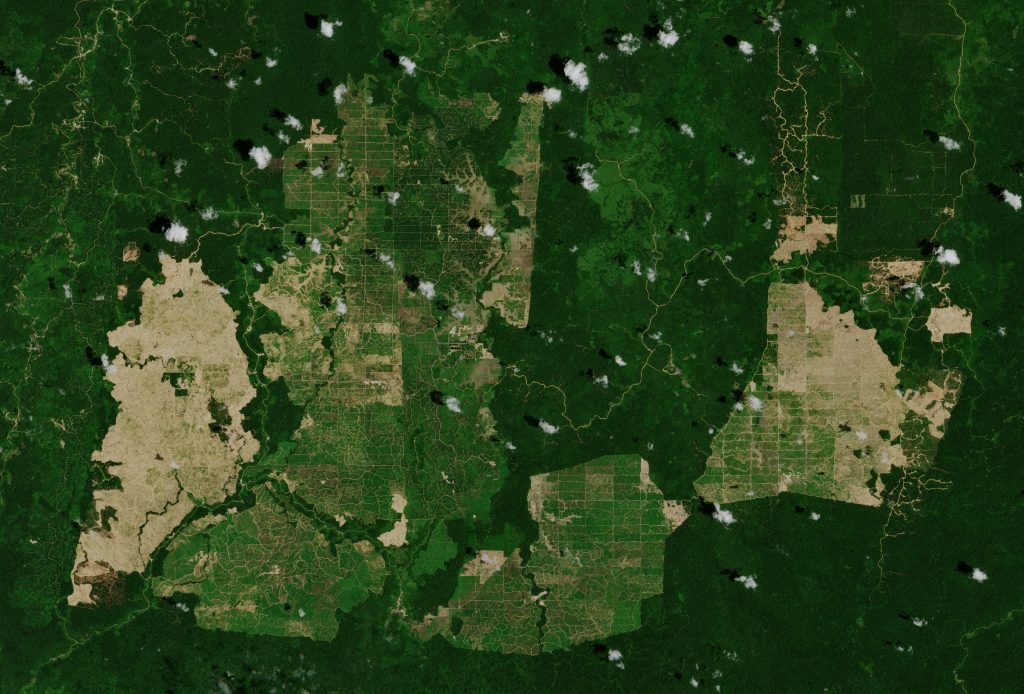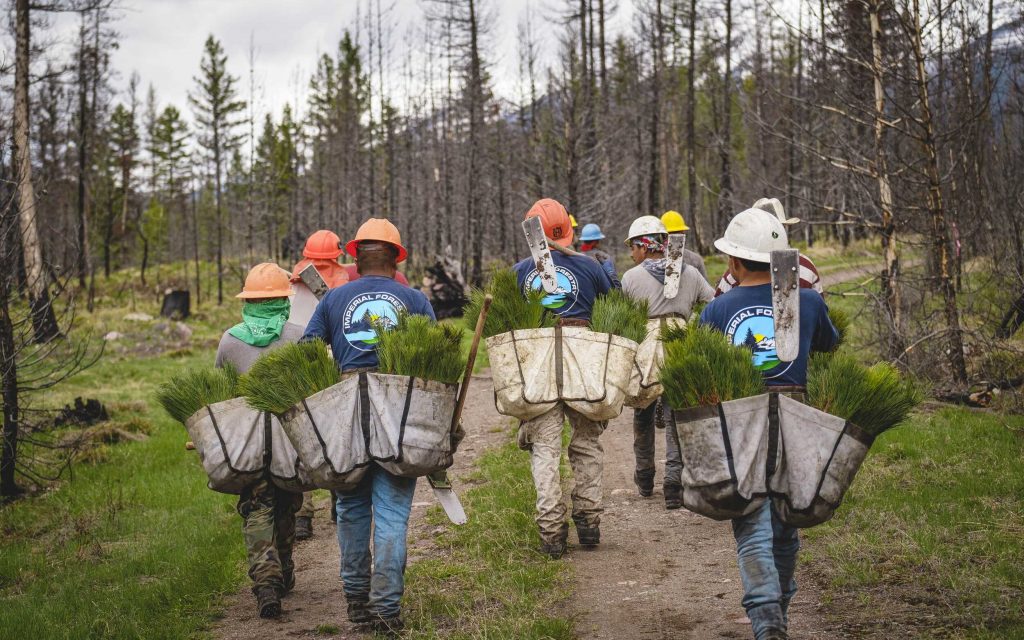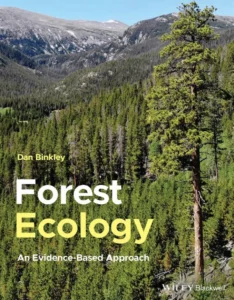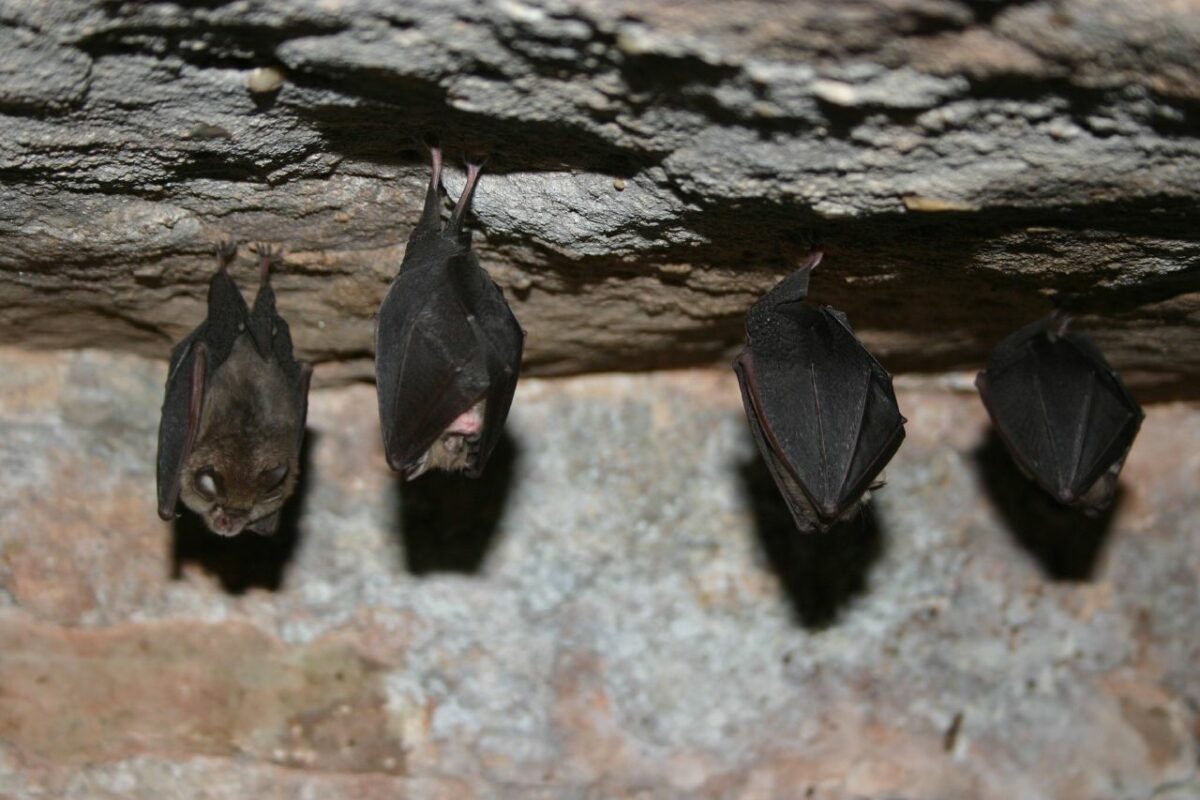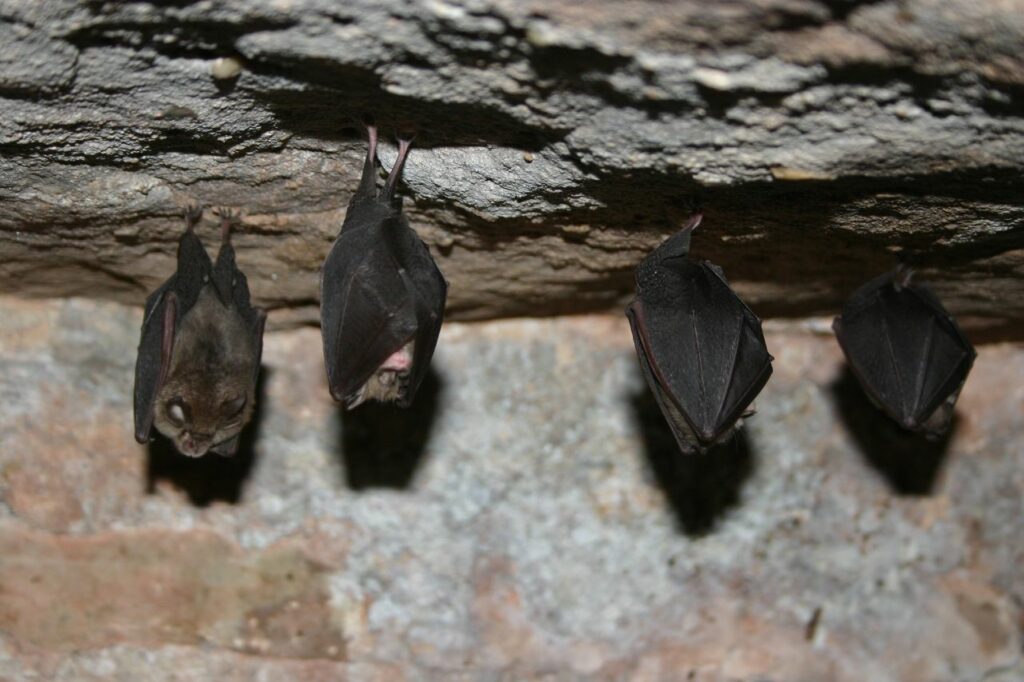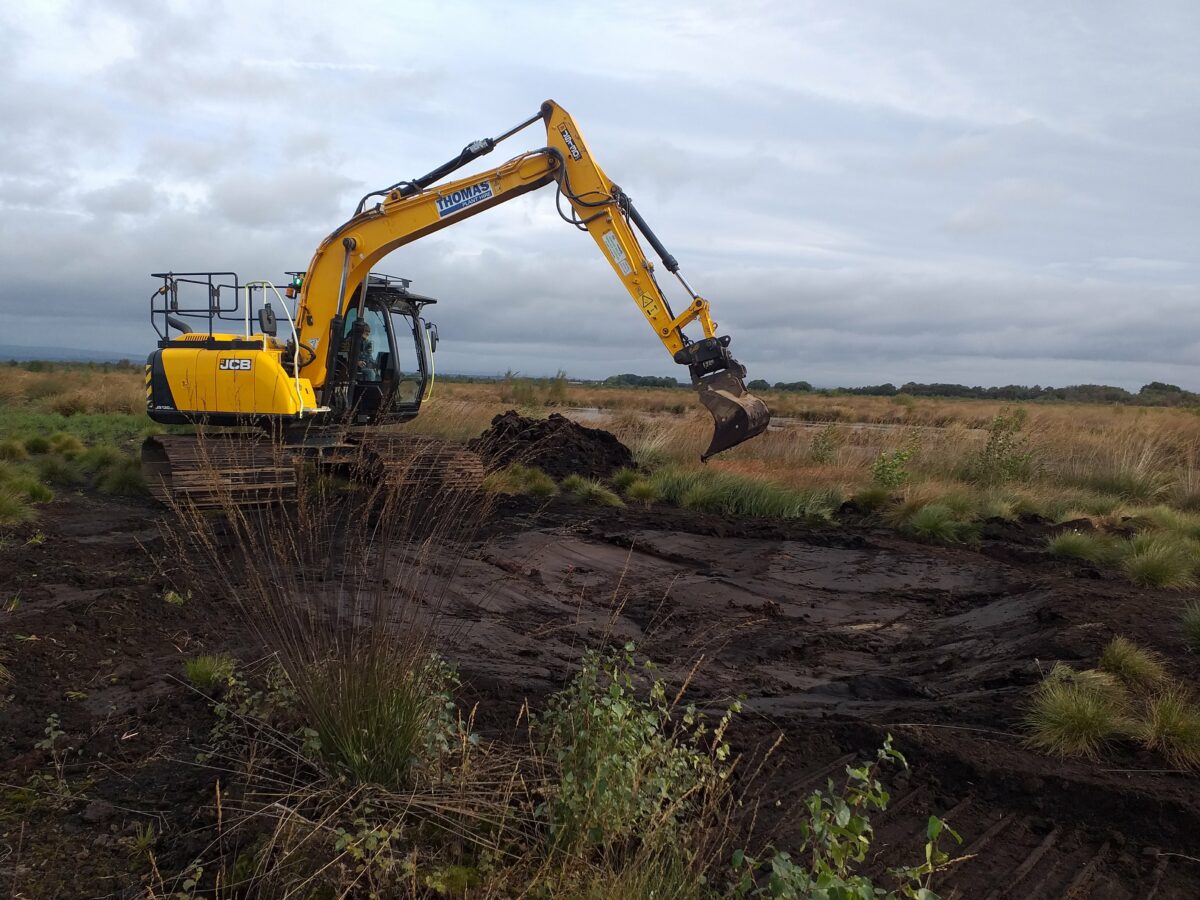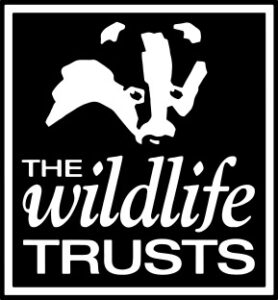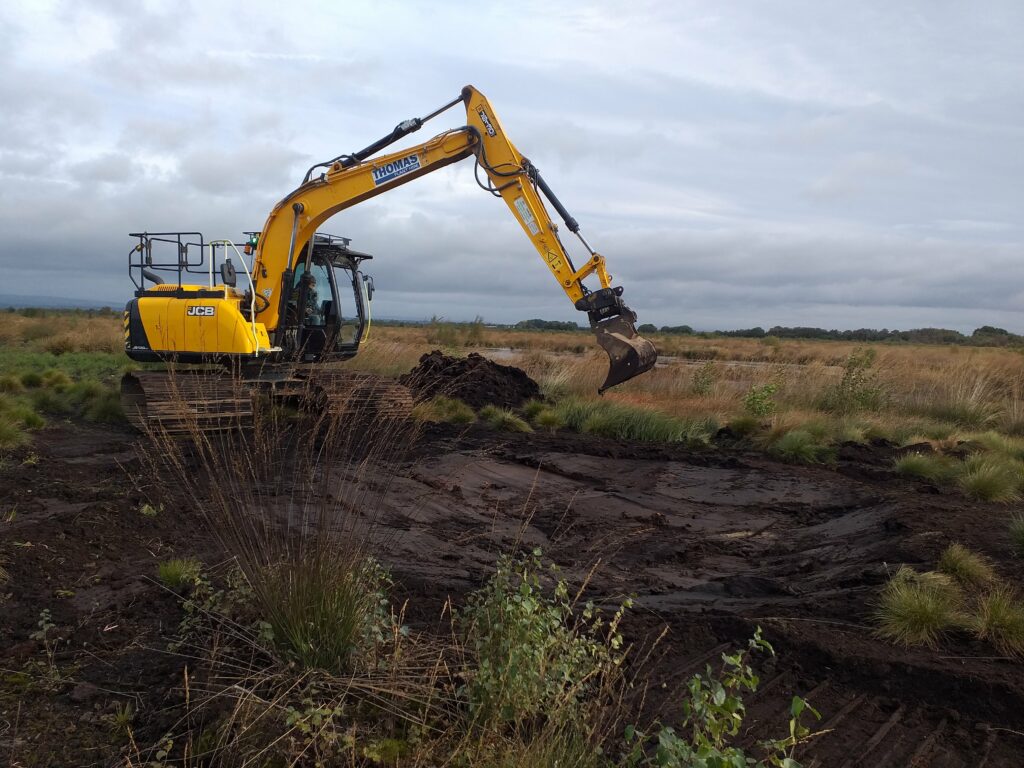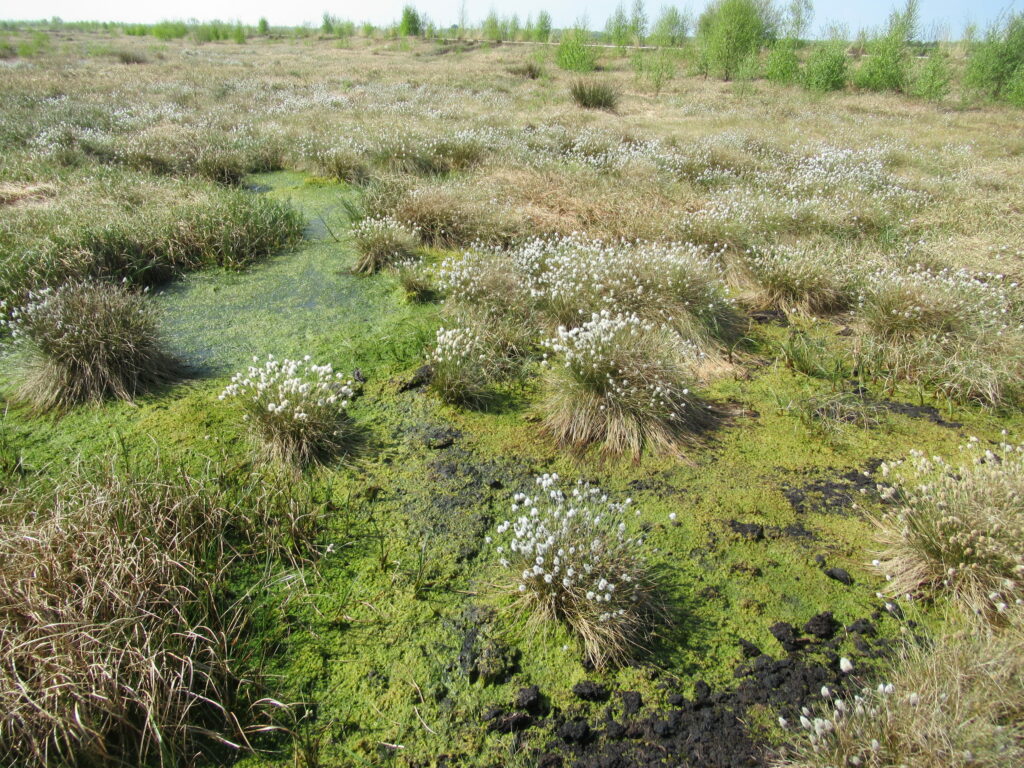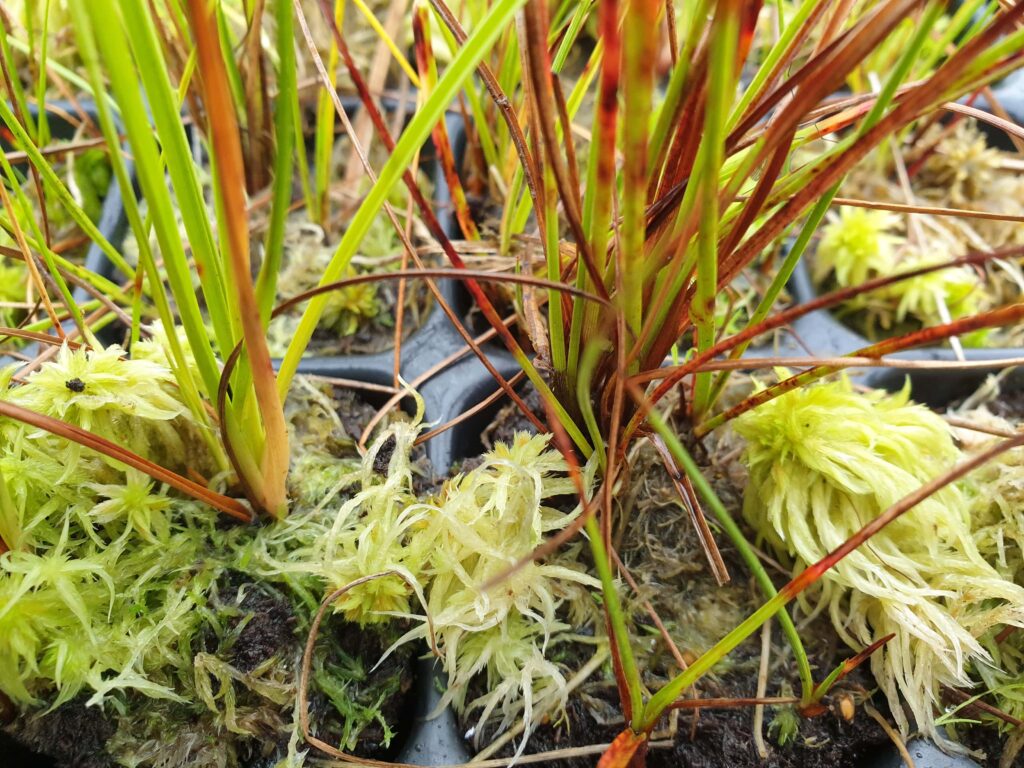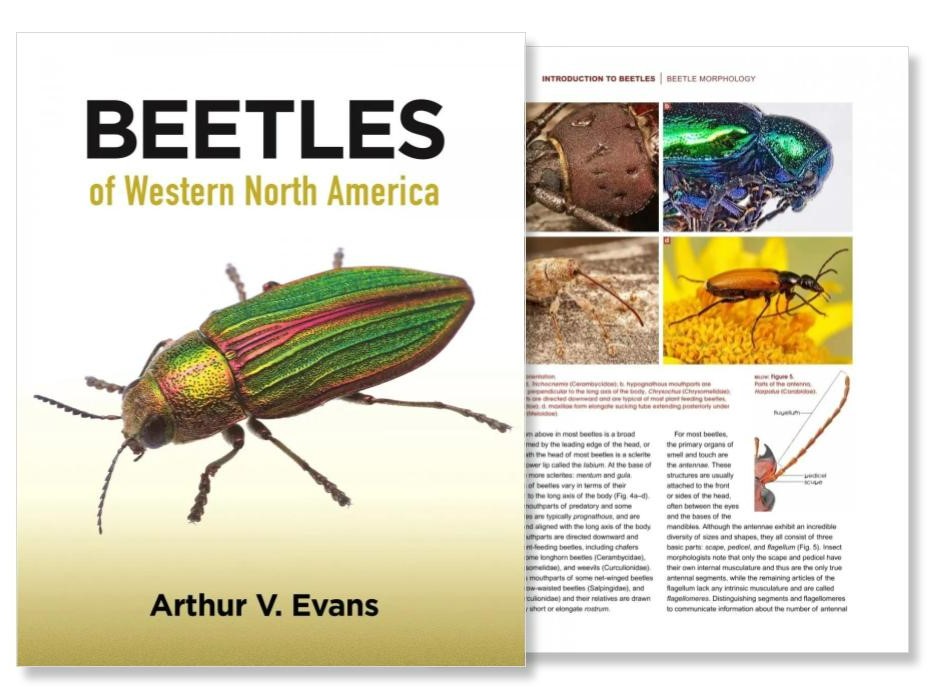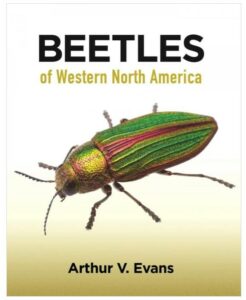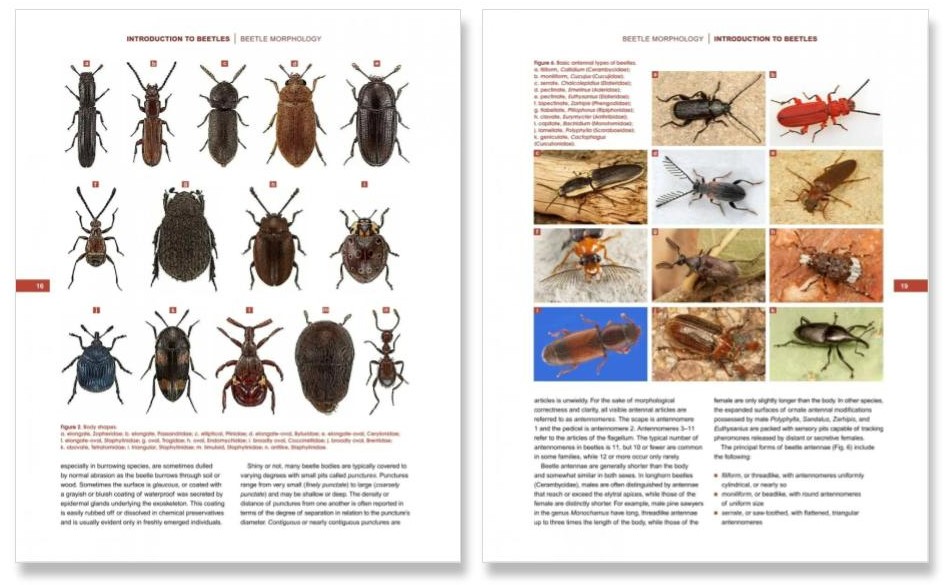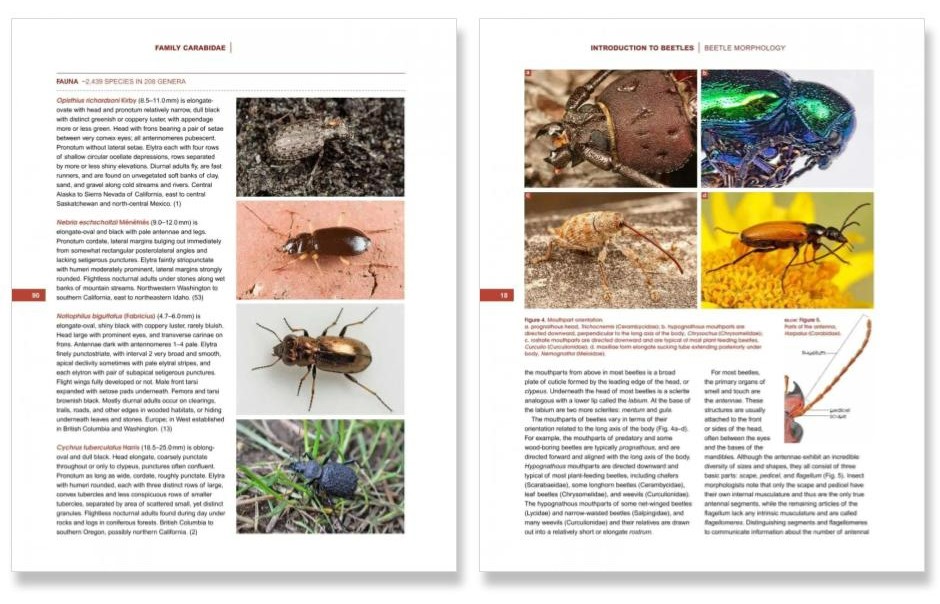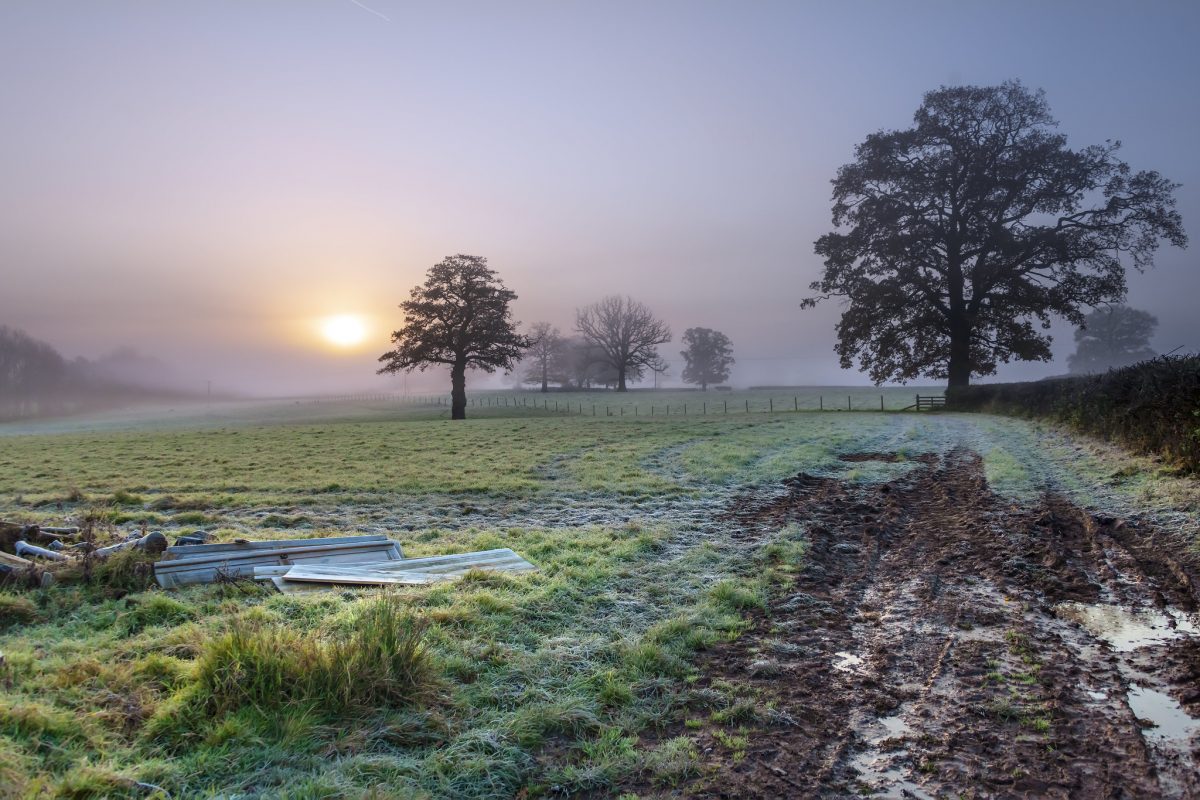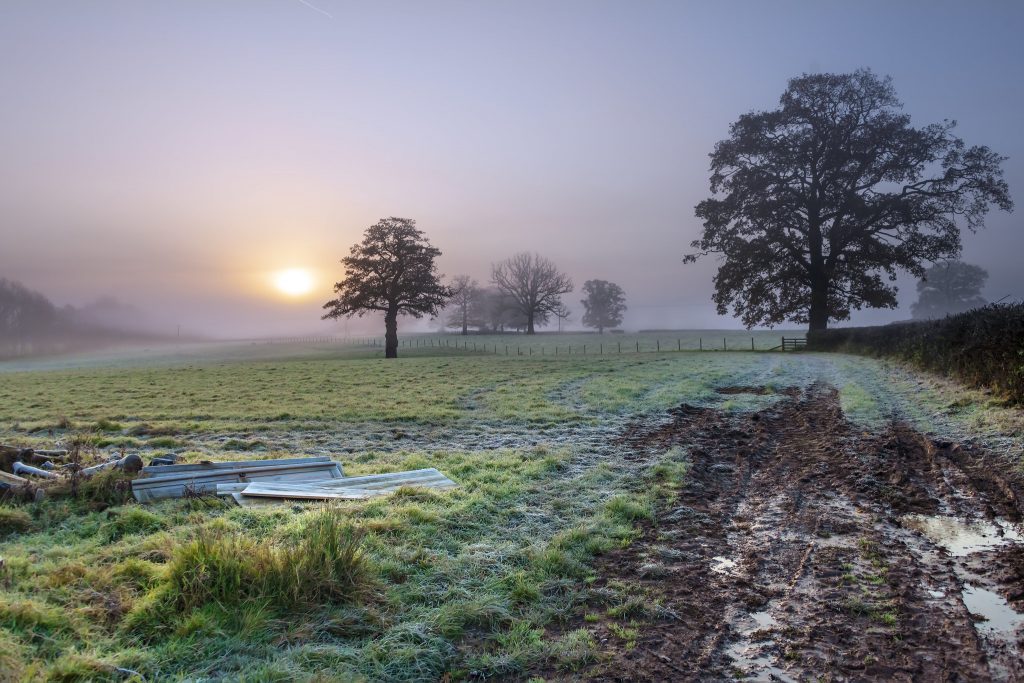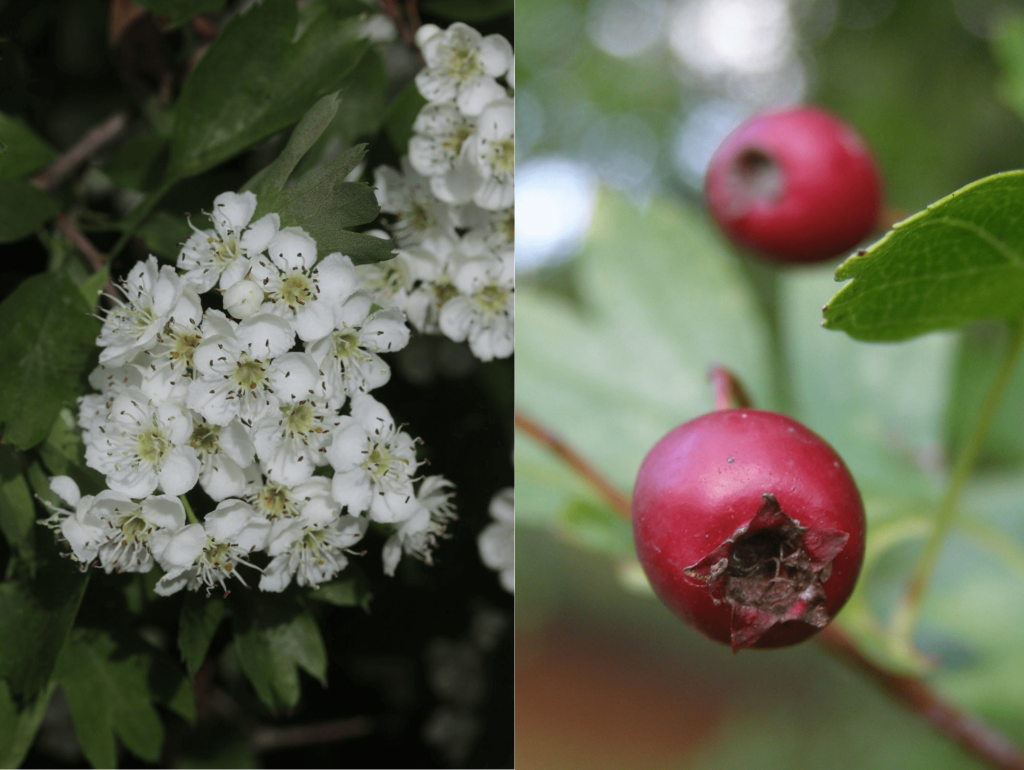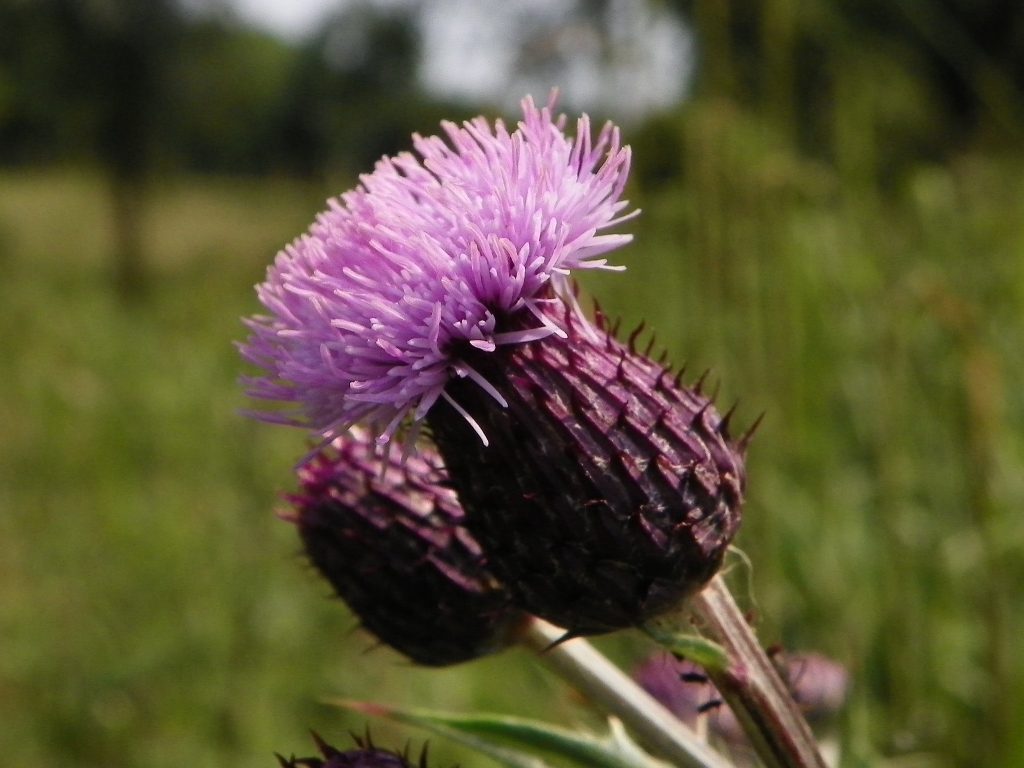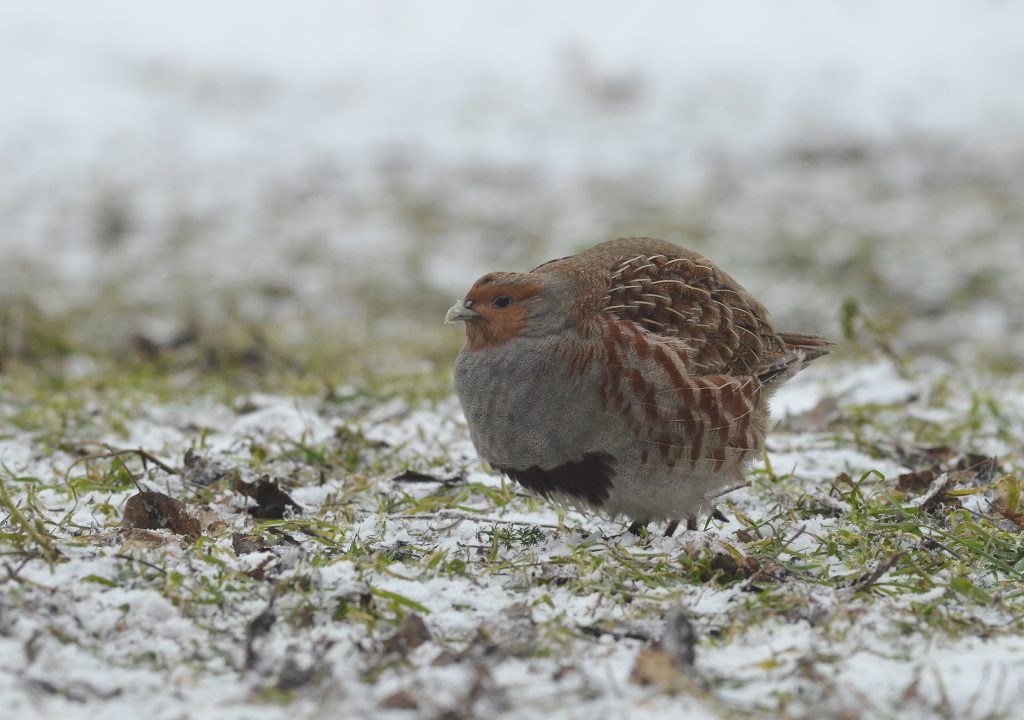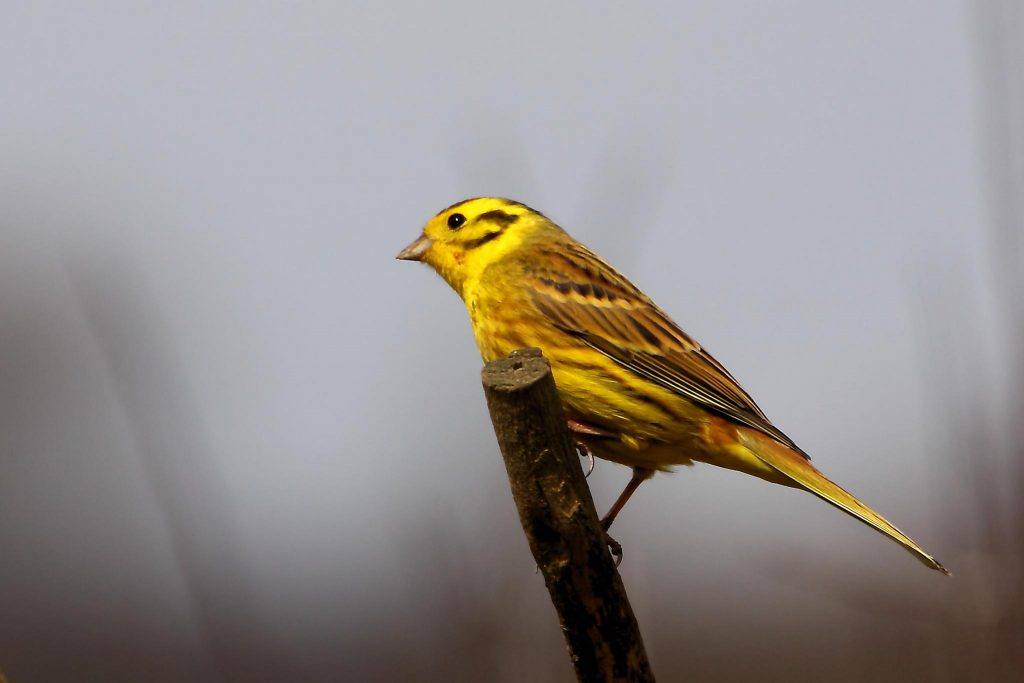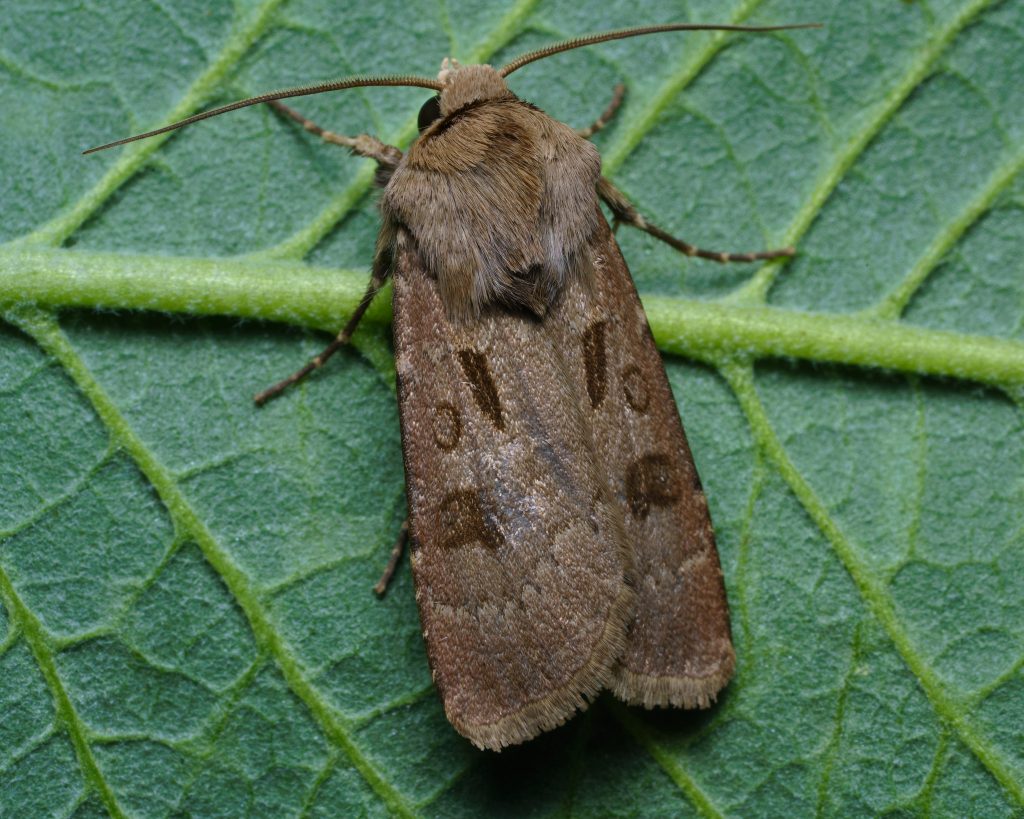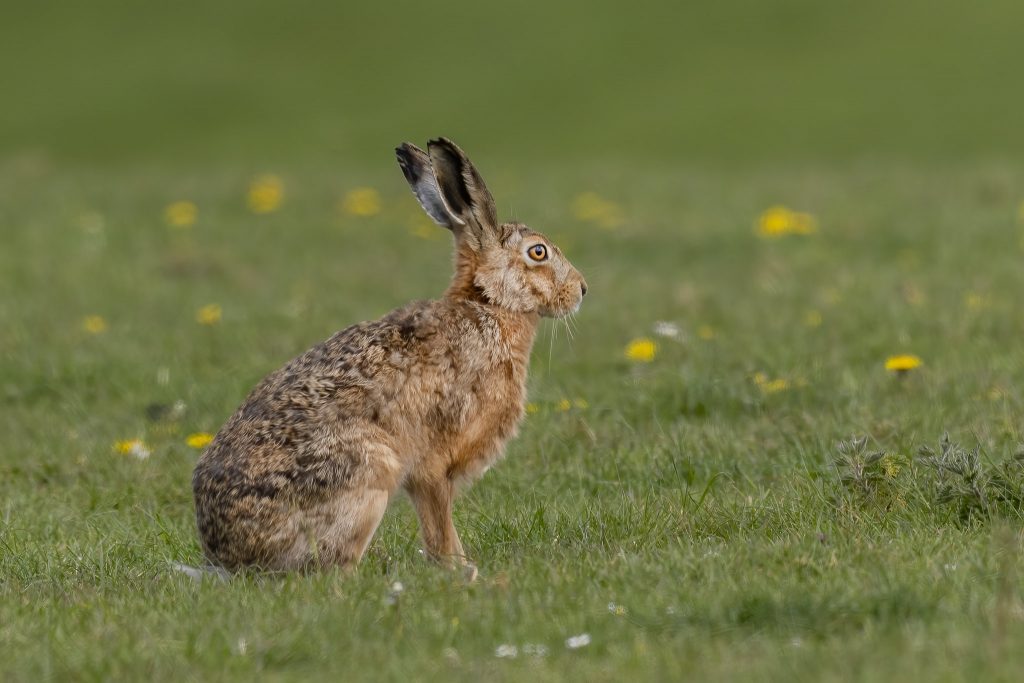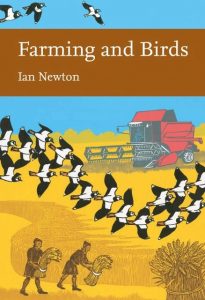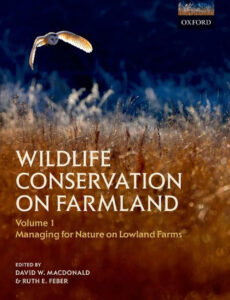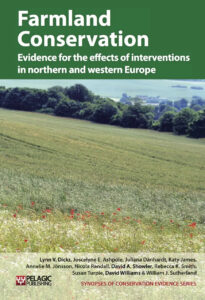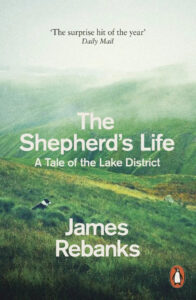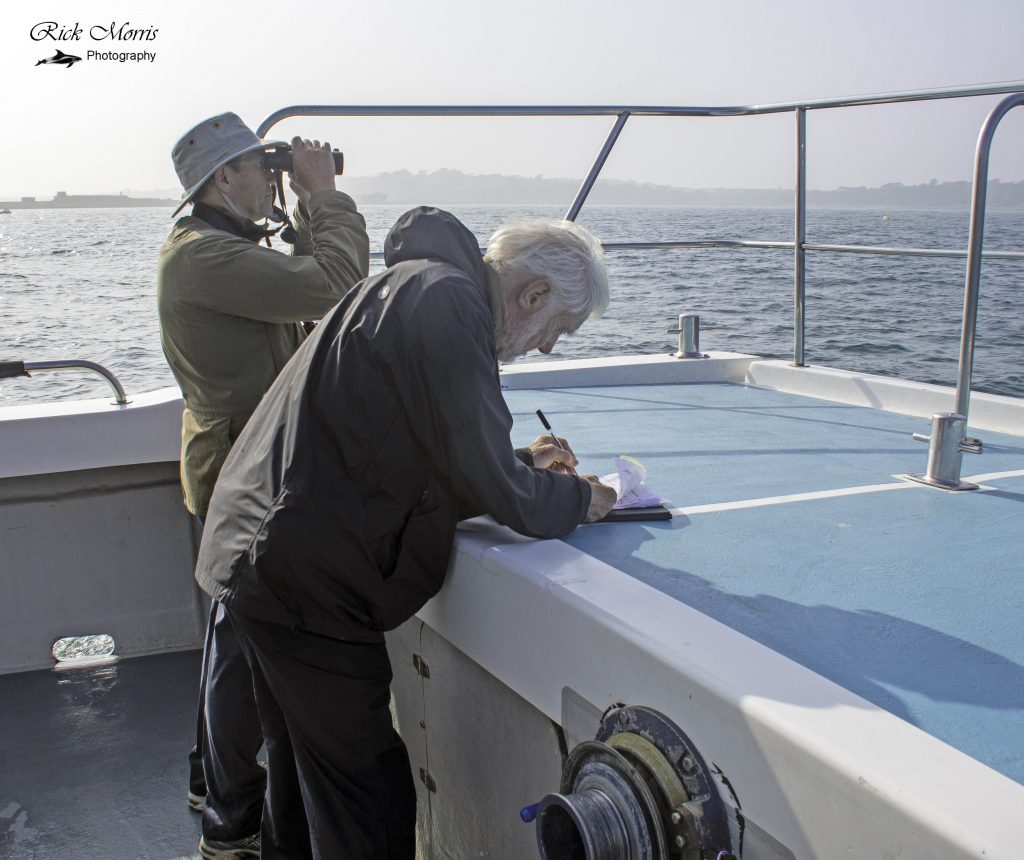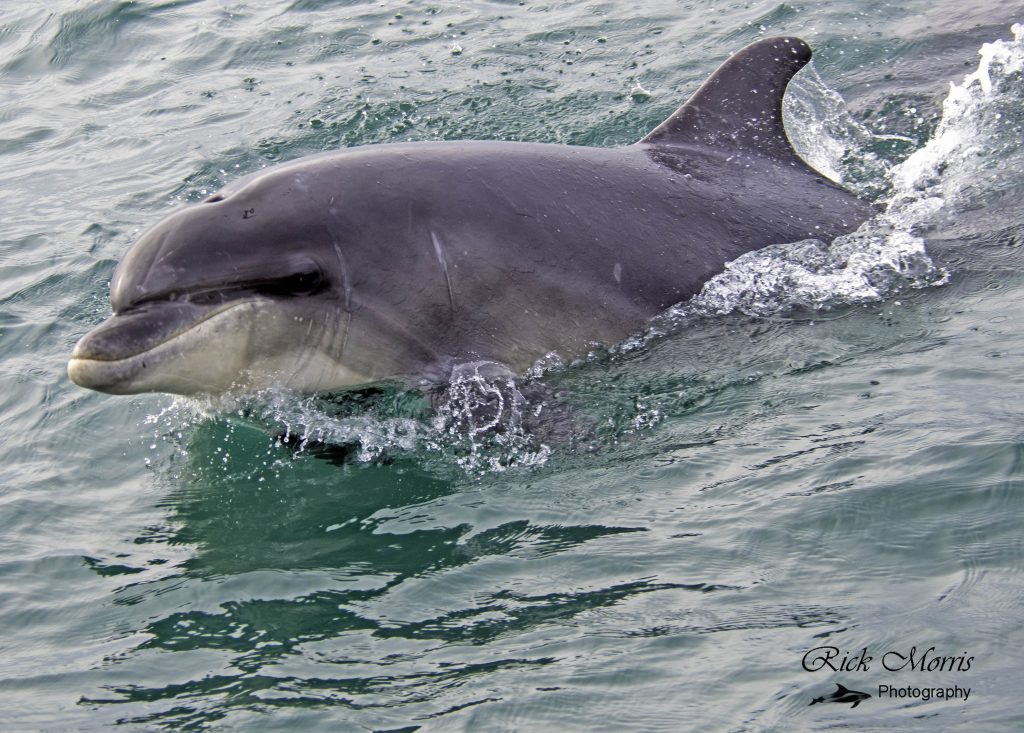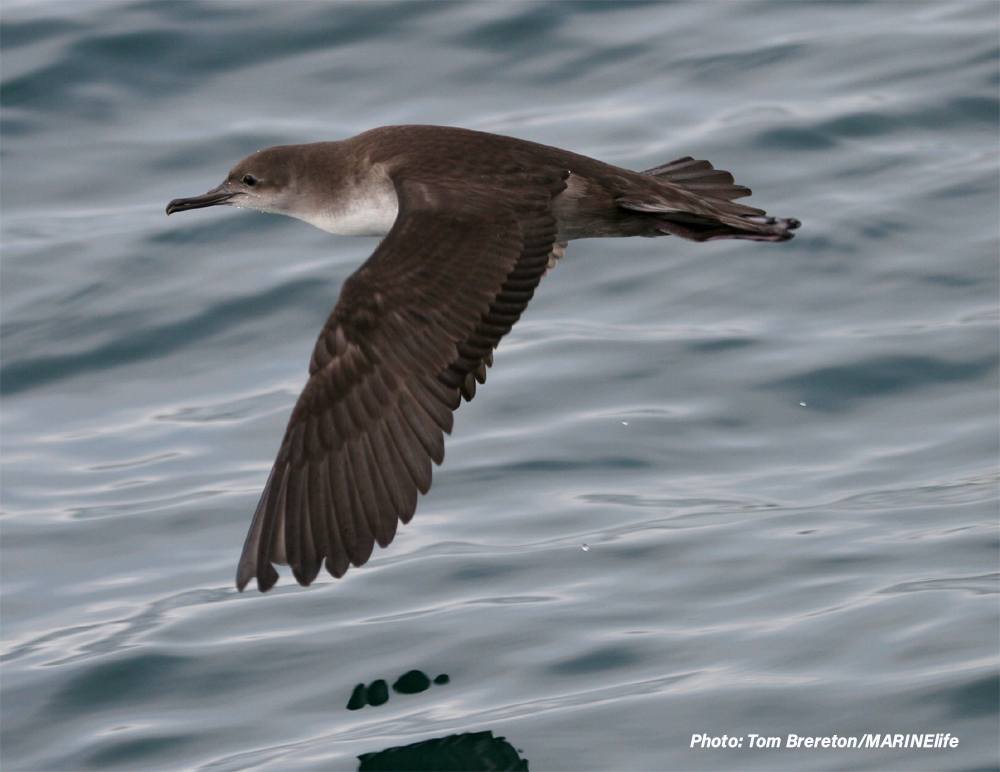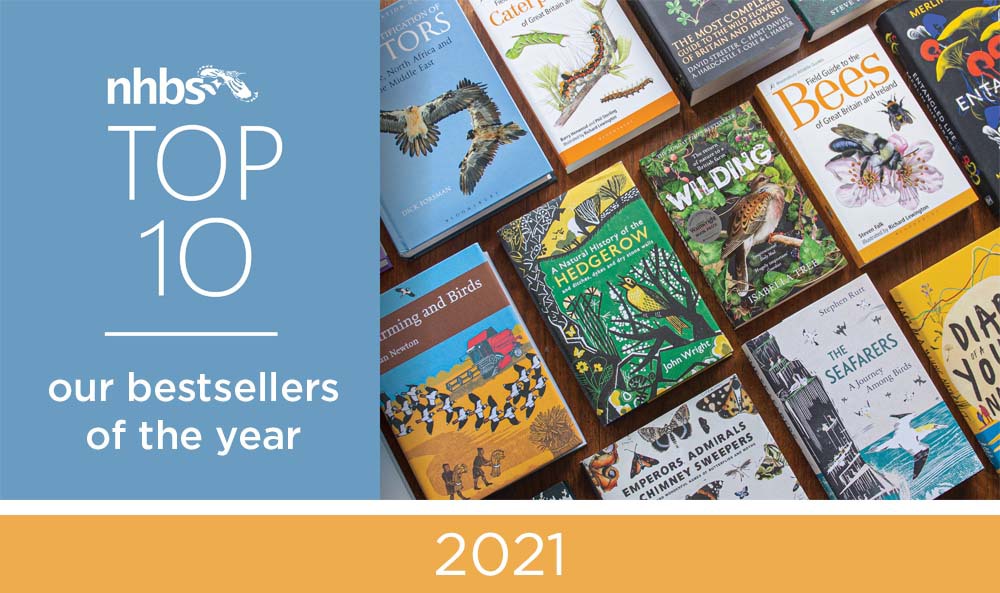
NHBS’s Top 10 bestsellers of 2021
We’ve loved looking back at our bestsellers from each month and now we are very excited to share our Top 10 list for 2021.
This year we’ve had a range of exciting bestsellers, including many popular titles you may recognise from previous Top 10s, such as Seabirds, Secrets of a Devon Wood and A Comprehensive Guide to Insects of Britain & Ireland.

Flight Identification of European Passerines and Select Landbirds: An Illustrated and Photographic Guide | Tomasz Cofta
Flexibound | March 2021
The number one bestseller for 2021 is Flight Identification of European Passerines and Select Landbirds! Tomasz Cofta’s cutting-edge book is the first field guide for identifying European passerines in flight, featuring more than 830 stunning colour illustrations. Covering 206 passerines and 32 near-passerine landbirds, this book combines Cofta’s precise illustrations with a range of photos for each species that show how they appear in flight. In addition, short, sharp and authoritative species accounts with essential information on individual flight manner and flock structure are represented concisely. This guide will appeal to all birders, and its new knowledge on flight identification makes it a must-have for professional ornithologists and scientists too.

Britain’s Insects: a Field guide to the Insects of Great Britain and Ireland | Paul D. Brock
Flexibound | May 2021
Britain’s Insects is an innovative, up-to-date, carefully designed and beautifully illustrated field guide to Britain and Ireland’s twenty-five insect orders. Concentrating on popular groups and species that can be identified in the field, this guide features superb photographs of live insects and covers the key aspects of identification. Providing information on status, distribution, seasonality, habitat, food plants and behaviour, this is the go-to guide for entomologists, naturalists, gardeners and anyone else interested in insects, whatever their level of knowledge.

Secrets of a Devon Wood: My Nature Journal | Jo Brown
Hardback | October 2020
 The number one bestseller in our June Top 10, Secrets of a Devon Wood has captured hearts and minds across the globe. Artist and illustrator Jo Brown started keeping her nature diary in a bid to document the small wonders of the wood behind her home in Devon. In enchanting, minute detail, she zooms in on a buff-tailed bumblebee, a green dock beetle or a pixie cup lichen. This book is an exact replica of her original black Moleskin journal, a rich illustrated memory of Jo’s discoveries in the order in which she found them.
The number one bestseller in our June Top 10, Secrets of a Devon Wood has captured hearts and minds across the globe. Artist and illustrator Jo Brown started keeping her nature diary in a bid to document the small wonders of the wood behind her home in Devon. In enchanting, minute detail, she zooms in on a buff-tailed bumblebee, a green dock beetle or a pixie cup lichen. This book is an exact replica of her original black Moleskin journal, a rich illustrated memory of Jo’s discoveries in the order in which she found them.
Read our full interview with Jo Brown.

Heathland | Clive Chatters
Hardback | March 2021
Heathlands are so much more than simply purple carpets of heather. They are ancient landscapes found throughout Britain that support a complex of inter-related species and an immense diversity of habitats. In this latest addition to the British Wildlife Collection, Clive Chatters introduces us to Britain’s heathlands and their anatomy. Heathland takes the reader on a geographical tour – from the maritime sub-arctic of the Shetlands to the mild wetness of the Atlantic coast – with an in memoriam nod to those heaths that have been erased from common memory and understanding.
You can read our interview with Clive Chatters here.

Butterflies | Martin Warren
Hardback | April 2021
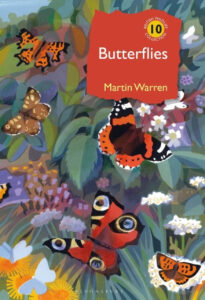 Butterflies is a unique take on butterfly behaviour and ecology, written by the former Chief Executive of Butterfly Conservation, Martin Warren. Exploring the secret lives of our British species, this book combines personal anecdotes with the latest discoveries in scientific literature. Butterflies covers everything from why we love these species and their life-cycle from egg to adult, their struggle for survival in a world of predators and parasites and the miracle of migration. Insightful, inspiring and a joy to read, this is the culmination of a lifetime of careful research into what makes these beautiful insects tick and how and why we must conserve them.
Butterflies is a unique take on butterfly behaviour and ecology, written by the former Chief Executive of Butterfly Conservation, Martin Warren. Exploring the secret lives of our British species, this book combines personal anecdotes with the latest discoveries in scientific literature. Butterflies covers everything from why we love these species and their life-cycle from egg to adult, their struggle for survival in a world of predators and parasites and the miracle of migration. Insightful, inspiring and a joy to read, this is the culmination of a lifetime of careful research into what makes these beautiful insects tick and how and why we must conserve them.

A Field Guide to Grasses, Sedges and Rushes | Dominic Price
Spiralbound | July 2021
Featuring in a number of our Top 10 lists, A Field Guide to Grasses, Sedges and Rushes aims to simplify the identification of this fascinating group of plants, using characteristics that are both easy to spot in the field and simple to remember. Over 100 species are described, focusing on the key features of both their genus and species.
Read our interview with Dominic Price.

seabirds: the new identification guide | Peter harrison et al.
Hardback | June 2021
Seabirds: The New Identification Guide, a 600-page treatment to all known seabird species, including recently rediscovered and rarely seen species. It is the first comprehensive guide to the world’s seabirds to be published since Harrison’s Seabirds in 1983. This guide contains 239 brilliant, full-colour plates, along with detailed text covering status, conservation, breeding biology and feeding habits, latest taxonomic treatments, geographic range and more. Containing more than 3,800 full-colour figures with illustrations of distinct subspecies, sexes, ages and morphs, seabirders worldwide will find this to be an authoritative, one-of-a-kind publication for use around the globe.

Europe’s Birds: An Identification Guide | Rob Hume et al.
Flexibound | October 2021
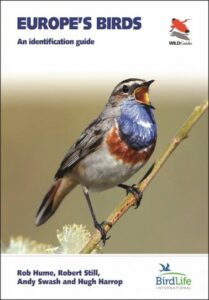 From the highly acclaimed WILDGuides team comes Europe’s Birds, the most comprehensive, authoritative and ambitious single-volume photographic guide to Europe’s birds ever produced. Birdwatchers of any ability will benefit from the clear text, details on range, status and habitat and an unrivalled selection of photographs. Chosen to be as naturalistic and informative as possible, the images are also stunning to look at, making this a beautiful book to enjoy, as well as an up-to-date and essential source of identification knowledge.
From the highly acclaimed WILDGuides team comes Europe’s Birds, the most comprehensive, authoritative and ambitious single-volume photographic guide to Europe’s birds ever produced. Birdwatchers of any ability will benefit from the clear text, details on range, status and habitat and an unrivalled selection of photographs. Chosen to be as naturalistic and informative as possible, the images are also stunning to look at, making this a beautiful book to enjoy, as well as an up-to-date and essential source of identification knowledge.

Britain’s Hoverflies: A Field Guide | Stuart Ball and Roger Morris
Flexibound | April 2015
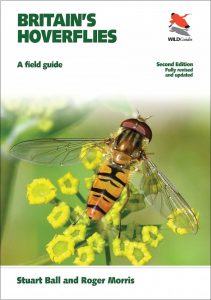 Britain’s Hoverflies is a beautifully illustrated photographic field guide to the hoverflies of Britain, focusing on the species that can be most readily identified. It is the perfect companion for wildlife enthusiasts, professional ecologists and anyone else with an interest in this fascinating group of insects, and is designed to appeal to beginners and experts alike. Accessible, authoritative and easy to use, this book contains hundreds of remarkable photographs of the various life stages of those species that can be identified by eye or with a magnifying glass, with coverage of at least one representative from each of the British genera.
Britain’s Hoverflies is a beautifully illustrated photographic field guide to the hoverflies of Britain, focusing on the species that can be most readily identified. It is the perfect companion for wildlife enthusiasts, professional ecologists and anyone else with an interest in this fascinating group of insects, and is designed to appeal to beginners and experts alike. Accessible, authoritative and easy to use, this book contains hundreds of remarkable photographs of the various life stages of those species that can be identified by eye or with a magnifying glass, with coverage of at least one representative from each of the British genera.

A Comprehensive Guide to Insects of Britain & Ireland | Paul D. Brock
Flexibound | October 2019
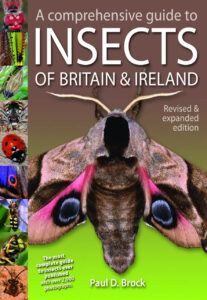 This expanded edition covers over 2,300 species with updated maps and over 2,900 colour photographs throughout, with fully comprehensive sections on all insect groups, including beetles, flies, ants, bees and wasps. The concise text gives information on behaviour as well as their present-day conservation status; pointers are given to help avoid misidentification with species of similar appearance.
This expanded edition covers over 2,300 species with updated maps and over 2,900 colour photographs throughout, with fully comprehensive sections on all insect groups, including beetles, flies, ants, bees and wasps. The concise text gives information on behaviour as well as their present-day conservation status; pointers are given to help avoid misidentification with species of similar appearance.
With its wide species coverage and emphasis on not only popular but somewhat neglected insect orders, A Comprehensive Guide to Insects of Britain & Ireland will be of interest to naturalists throughout Britain and Ireland.

